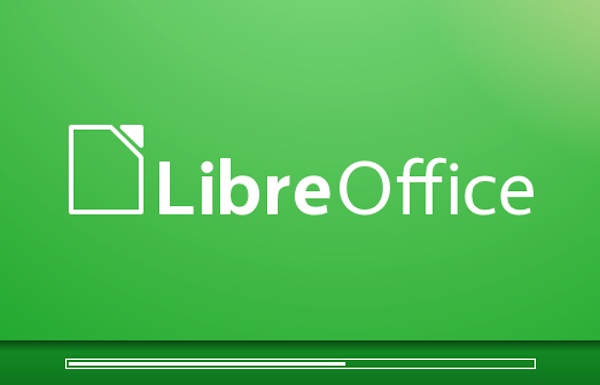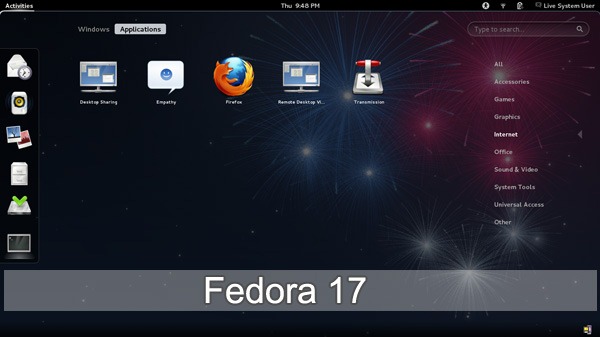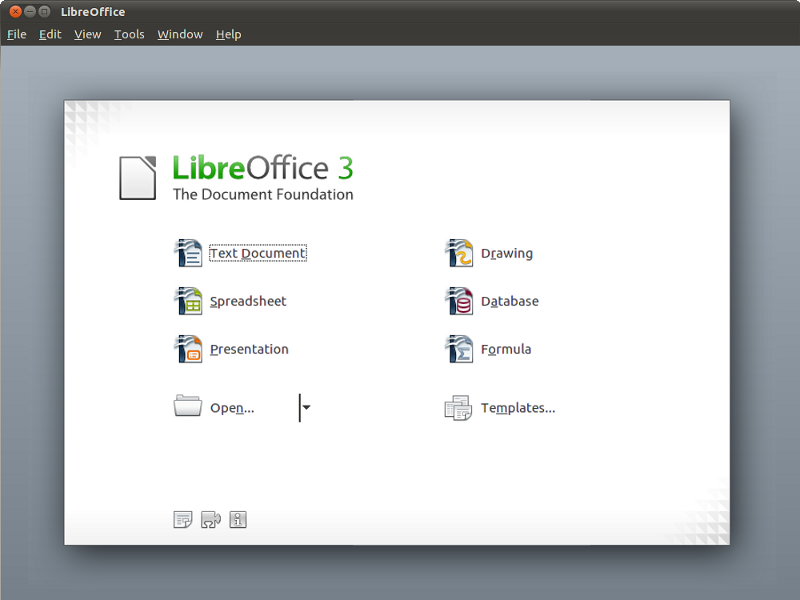
The KDE Release Team has decided to release KDE 4.0 this coming January. The release was originally planned for mid-December. The KDE developers want to solve a couple of essential issues before releasing. Having solved some of those issues, among which were glitches in the visual appearance, and in Konqueror, the KDE community hopes to have a KDE 4.0 that will live up to the high expectations for it. Read on for more details.
Meanwhile, the progress towards KDE 4.0 is astonishing. Most parts, such as the KDE Development Platform and a lot of applications are considered stable and well-usable.
Some parts of the desktop experience do not yet meet the KDE community’s quality standards and expectations for a stable release. There are also some issues which need to be addressed upstream, for example a bug in certain codecs of xine that cut off audio fragments prematurely. The developers are confident to be able to release a more polished and better working KDE 4.0 desktop in January. The changed plans involve releasing on January 11th, 2008.

At the same time, the release team’s call for participation is repeated. To make KDE 4.0 a success, your effort is needed. An overview of current showstoppers can be found on Techbase, KDE’s knowledge platform.
This is also a call to the wider Free Software community, and also to companies working with KDE. If you have the resources to contribute, assistance in fixing the remaining bugs is most welcome.
KDE Reference: KDE (K Desktop Environment) is a free software project which aims to be a powerful system for an easy-to-use desktop environment. The goal of the project is to provide basic desktop functions and applications for daily needs as well as tools and documentation for developers to write stand-alone applications for the system. In this regard the KDE project serves as an umbrella project for many standalone applications and smaller projects that are based on KDE technology, such as KOffice, KDevelop, Amarok, K3b and many more.
KDE was founded in 1996 by Matthias Ettrich, who was then a student at the Eberhard Karls University of T?bingen. At the time, he was troubled by certain aspects of the UNIX desktop. Among his qualms were that none of the applications looked, felt, or worked alike. He proposed the formation of not only a set of applications, but rather a desktop environment, in which users could expect things to look, feel, and work consistently. He also wanted to make this desktop easy to use; one of his complaints with desktop applications of the time was that his girlfriend could not use them. His initial Usenet post spurred a lot of interest, and the KDE project was born. The name KDE was intended as a word play on the existing Common Desktop Environment, available for Unix systems. CDE was an X11-based user environment jointly developed by HP, IBM, and Sun, through the X/Open Company, with an interface and productivity tools based on the Motif graphical widget toolkit. It was supposed to be an intuitively easy-to-use desktop computer environment. The K was originally suggested to stand for “Kool”, but it was quickly decided that the K should stand for nothing in particular. Additionally, one of the tips in certain versions of KDE 3 incorrectly states that the K currently is just meant to be the letter before L in the Latin alphabet, the first letter in the word Linux (which is where KDE is usually run).
Matthias chose to use the Qt toolkit for the KDE project. Other programmers quickly started developing KDE/Qt applications, and by early 1997, large and complex applications were being released. At the time, Qt did not use a free software license and members of the GNU project became concerned about the use of such a toolkit for building a free software desktop and applications. Notably, KDE was removed from Debian because the project interpreted the GPL as not allowing KDE to be linked to Qt. Two projects were started: “Harmony”, to create a Free replacement for the Qt libraries, and the GNOME project to create a new desktop without Qt and built entirely on top of free software.
In November 1998, the Qt toolkit was licensed under the free/open source Q Public License (QPL). This same year the KDE Free Qt foundation was created which guarantees that Qt would fall under a variant of the very liberal BSD license should Trolltech cease to exist or no free/open source version of Qt be released during 12 months. But debate continued about compatibility with the GNU General Public License (GPL). In September 2000, Trolltech made the Unix version of the Qt libraries available under the GPL, in addition to the QPL, which has eliminated the concerns of the Free Software Foundation. Starting with the release of Qt 4.0, it is available as free software for the Unix, Mac and Windows platforms, indicating that the next major version of KDE applications and libraries will have native support on these platforms.
Both KDE and GNOME now participate in freedesktop.org, an effort to standardize Unix desktop interoperability, although there is still some competition between them.
{via trustedlog}








